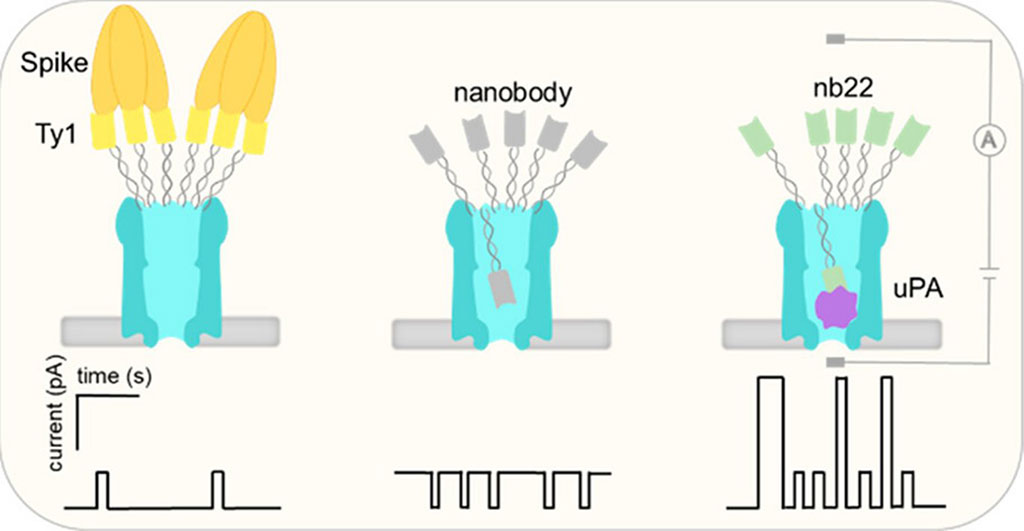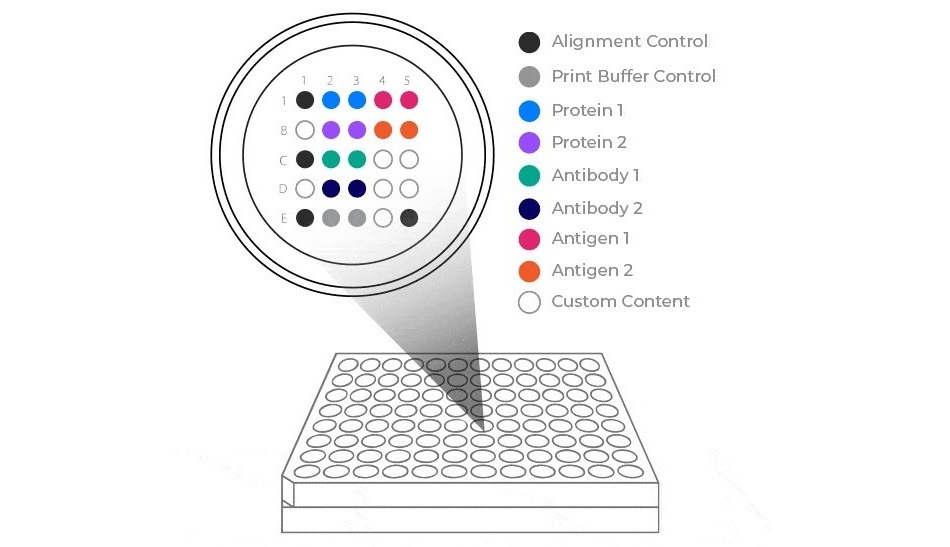New Method for Detecting Important Proteins in Blood to Revolutionize Medical Diagnostics
Posted on 19 Jun 2023
Researchers have devised a new method for identifying important proteins in, for example, a blood sample. They used tiny nanopores and nanobodies to identify markers that are indicators of COVID-19 and breast cancer, respectively, with high precision and sensitivity. The technology could pave the way for using a simple blood test to rapidly and accurately disease diagnosis.
Nanopores, tiny channels formed in materials, can be used as sensors. Researchers from Aarhus University (Aarhus, Denmark) have developed tiny nano-sized pores that can help detect diseases at an earlier stage. The innovative method for locating specific proteins in complex biological fluids, such as blood, without the need for labeling the proteins chemically, marks a significant milestone in nanopore technology and could revolutionize medical diagnostics. The researchers developed a unique type of nanopore known as ClyA with scanner molecules or specialized nanobodies that are capable of accurately recognizing various proteins. By attaching nanobodies to ClyA using a DNA adapter, the team created a range of nanopore sensors that could effectively detect proteins of different sizes. Specifically, the researchers successfully designed nanopores with nanobodies capable of identifying the spike protein of SARS-CoV-2 (the virus responsible for COVID-19) and a protein marker associated with breast cancer called urokinase-type plasminogen activator (uPA).

Through the measurement of changes in electrical currents caused by the presence of these proteins, the researchers were able to detect and identify individual proteins, as well as determine their concentrations. Importantly, these nanopores maintained a high level of accuracy and sensitivity even when tested with complex samples like blood. Although the nanopores themselves are not visible to the naked eye, the research is still significant. Moreover, advancements in technology have allowed the integration of nanopores into portable devices, enabling the scanning of liquids for specific molecules. This development could pave the way for a future where patients can undergo rapid and precise disease detection, including cancer and infectious diseases, through a simple blood test. Such early detection holds the potential for improved treatment outcomes, earlier interventions, and overall enhancements in healthcare. However, further studies and validation are required before this technology can be widely accessible and utilized.
Related Links:
Aarhus University













